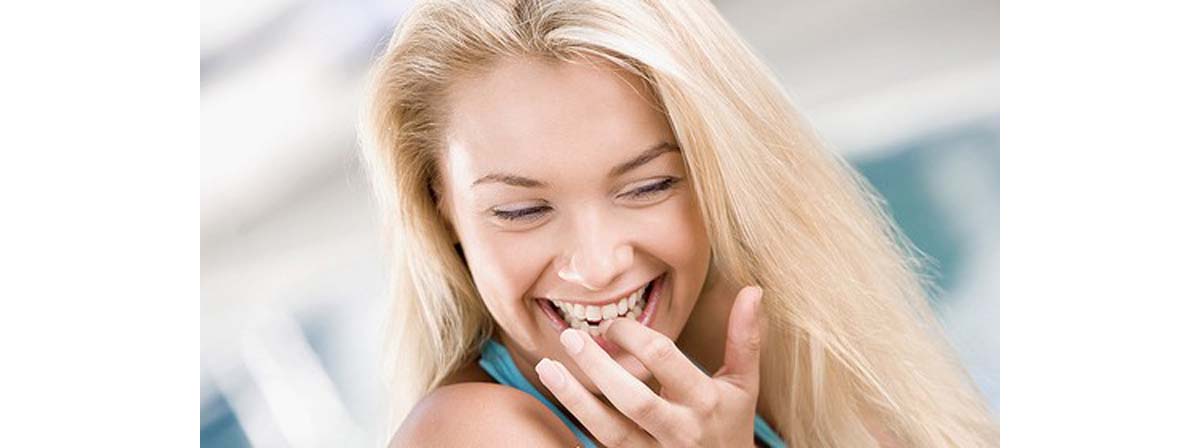Table of Contents
Wounding resurfacing works a little differently to non-wounding resurfacing and it takes a lot longer for you to recover, too - but it does provide some really, really fantastic results.

Wounding resurfacing works on the epidermis - the surface layer of skin. The laser heats up the epidermis, effectively destroying the skin - but in a very controlled way, which means that it will only treat the areas that you want to be treated, without causing too much damage to the surrounding cells. The damage done to the outer layer of skin exposes the dermis, and because the dermis is exposed, it can be treated much more effectively. The laser heats the dermis, stimulating collagen production.
You can expect the skin in the treated area to be softer, tighter, less wrinkled and less scarred than before.
What to Expect During Laser Resurfacing
During laser resurfacing, a local anesthetic will either be injected into the skin or rubbed onto the skin in the form of a topical cream. Your face will be thoroughly cleaned and an eye guard put in place if required. The surgeon will then move the laser over the surface of the skin.
In some cases, a guide will be used to ensure that the laser is targeting the right areas, and occasionally the surgeon might go ahead and draw the guide onto your skin using marker.
After treatment, the surgeon will apply ointment or bandages and you'll be free to go home.
What to Expect After Laser Resurfacing
After treatment, skin might be sore, red, and a little bit painful. You might find that it's more sensitive than usual and you'll have to apply a strong SPF to avoid further sun damage. Sensitivity will probably last for a week or so and redness usually fades within a month, although it can persist for up to six months.
Pain can easily be controlled with over-the-counter pain medication, cold compresses and spritzes of cool water onto the surface of skin. Regular moisturizing could also help. It's essential that your skin is completely healed before you go ahead and book further treatments. You might also have to take a course of antibiotics just to prevent infection, too.
Laser treatments are now more sophisticated than ever before and they are suitable for treating a whole host of skin complaints. Most patients can be successfully treated with lasers, although smokers, drinkers and those with pre-existing medical conditions will have to have a consultation with a surgeon before treatment to determine whether or not they are a good candidate for treatment. You should always choose a licensed surgeon and be sure to take a look at your surgeon's previous work before booking in for treatment with them.
- Photo courtesy of Tom Merton by Flickr : www.flickr.com/photos/58842866@N08/5388142837
- Photo courtesy of Tom Merton by Flickr : www.flickr.com/photos/58842866@N08/5388153693

